After a personal tragedy, Dr. Chelsea Van Thof is advocating for the city to install suicide barriers on the William Howard Taft Bridge.
Van Thof is raising suicide awareness in other ways on her own. She places stickers around the neighborhood and its bridges reading “Don’t Jump.” An embedded QR code leads to a memorial website with an open letter calling for the suicide barriers.
She continues to try to get in touch with city council members and Mayor Muriel Bowser to share the story of her late partner Dr. Peter Tripp.
Tripp, 29, died by suicide at the Taft Bridge on April 13.

“Peter in life was so much more than everything I can say about him in death,” Van Thof said.
The veterinarian loved to read fantasy and philosophy books and play board games. He was the oldest brother of four. Van Thof said Tripp was an “avid” platelet donor and also donated bone marrow and stem cells.
Tripp had no documented history of mental illness, did not voice concerns or struggles to his partner and had never sought mental health support, Van Thof said. If a barrier had been on the bridge, Van Thof said she believes Tripp could have received help.
“Successful suicides are impulse decisions, and that’s why this barrier is so important,” Van Thof said. “I know that if it was there, it would have cut through that impulse for Peter.”
After recent media coverage on the barrier movement, Van Thof said she is optimistic and “definitely seeing progress.”
“It seems like there’s a lot more support than negativity,” Van Thof said.
The American Foundation for Suicide Prevention is now working with her to spread awareness and lobby the necessary local politicians. Getting the word out now will hopefully streamline the project later, Van Thof said.
“When there is an action step my goal really is to have all of D.C. behind it,” Van Thof said.
The first step is funding, Van Thof said, followed by approval from various city and federal groups. The city then must hold public hearings to gather public opinion on the project.
Van Thof was told it could take six months to start the process, but said she thinks it will take a couple of years before construction begins.
“It’s going to be a long road, but it’s better to know that now and I don’t really care how long it takes,” Van Thof said.
A D.C. Office of the Chief Medical Examiner investigation found 50% of deaths by suicide involving a bridge between January 2010 and June 2022 occurred at the Taft Bridge, ANC 3C Commissioner Janell Pagats told WJLA.
The project has earned support from some members of local government
Advisory Neighborhood Commission 3C passed a resolution in favor of the barriers on June 22. The resolution noted barriers were built on the nearby Duke Ellington Bridge in 1986, resulting in a decrease in suicides there. Plans to build similar fencing on the Taft Bridge were made around the same time but “delayed and subsequently abandoned,” according to the resolution.
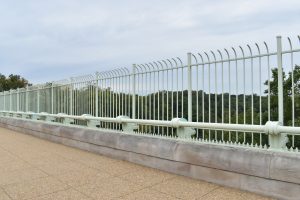
ANC 1C passed the same resolution on July 20, after Pagats shared it with ANC 1C Commissioner Fiona Clem. While a majority of the Taft Bridge falls under ANC 3C, a portion is zoned in ANC 1C.
“The bottom line is that we did this to support our neighbor,” Clem said.
The commissioner said she believes the ANCs’ support is critical. The resolution shows “if and when” D.C. Council pursues the project, the neighbors who would be affected are behind it, Clem said.
Like Van Thof, Clem is aware the project could take a long time.
“Changing infrastructure in Washington D.C. takes a while,” Clem said.
A DDOT spokesperson said currently, there are no plans to install suicide barriers on Taft Bridge, citing “extensive coordination” needed between the Commission of Fine Arts, the National Capital Planning Commission, National Park Service and State Historic Preservation Office.
CFA Secretary Thomas Luebke stated in an email the organization looks forward to reviewing a design but first needs DDOT to submit a proposal.
In addition to CFA approval, Clem said D.C. Council needs to approve the project and the resulting legislation would then need approval from Congress.
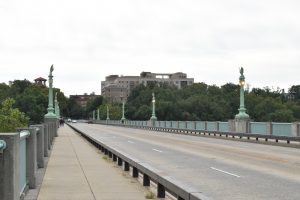
A spokesperson for D.C. Councilmember Mary Cheh (D-Ward 3) said Cheh thinks it is “a good idea worth exploring” and “urges” the mayor to consider funding sources.
“Barriers on bridges save lives,” said Jill Harkavy-Friedman, senior vice president of research at AFSP.
Harkavy-Friedman stated in an email bridge barriers reduce the number of suicide deaths by 40% to 100%, depending on the location and structure.
“Currently, the most effective tool we have for reducing the number of suicide deaths is by limiting access to lethal means because that allows time for the crisis to de-escalate and for help to arrive,” Harkavy-Friedman said.
The researcher also said studies have shown full-length barriers do not lead to suicides on nearby bridges or by other methods. A recent study in Australia found these barriers are cost-effective. Conducted across the country, it reported a return of $2.40 for every $1 invested over 10 years on top of reduced suicide rates.
After barriers are installed on Taft Bridge, Van Thof said she will turn her focus to “the rest of the bridges that kill people in D.C.” and work to pass the Barriers to Suicide Act. Introduced in Congress last year, the bill establishes a U.S. Department of Transportation program to install bridge barriers nationwide.
“I wish none of it was necessary,” Van Thof said. “I wish I wasn’t here doing this, but this is what [Tripp] would want. This is how good of a person he was, that he would do something like this.”

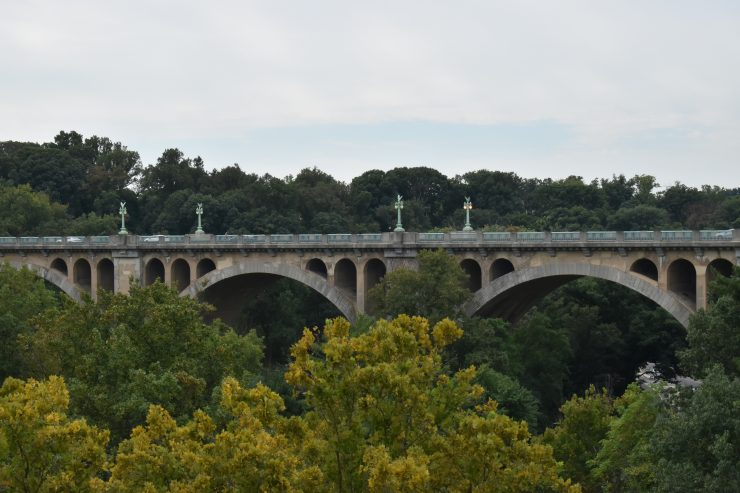
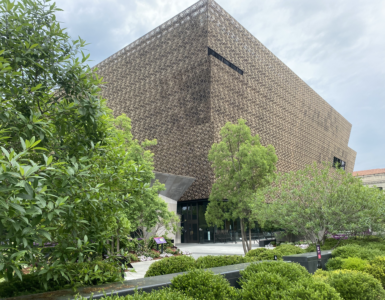
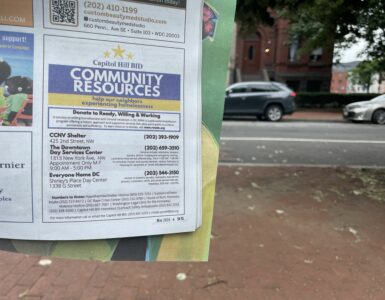
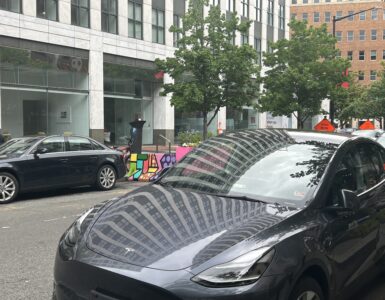










Great article. Thank you Ileana for helping shine a light on this project. It will save many lives.